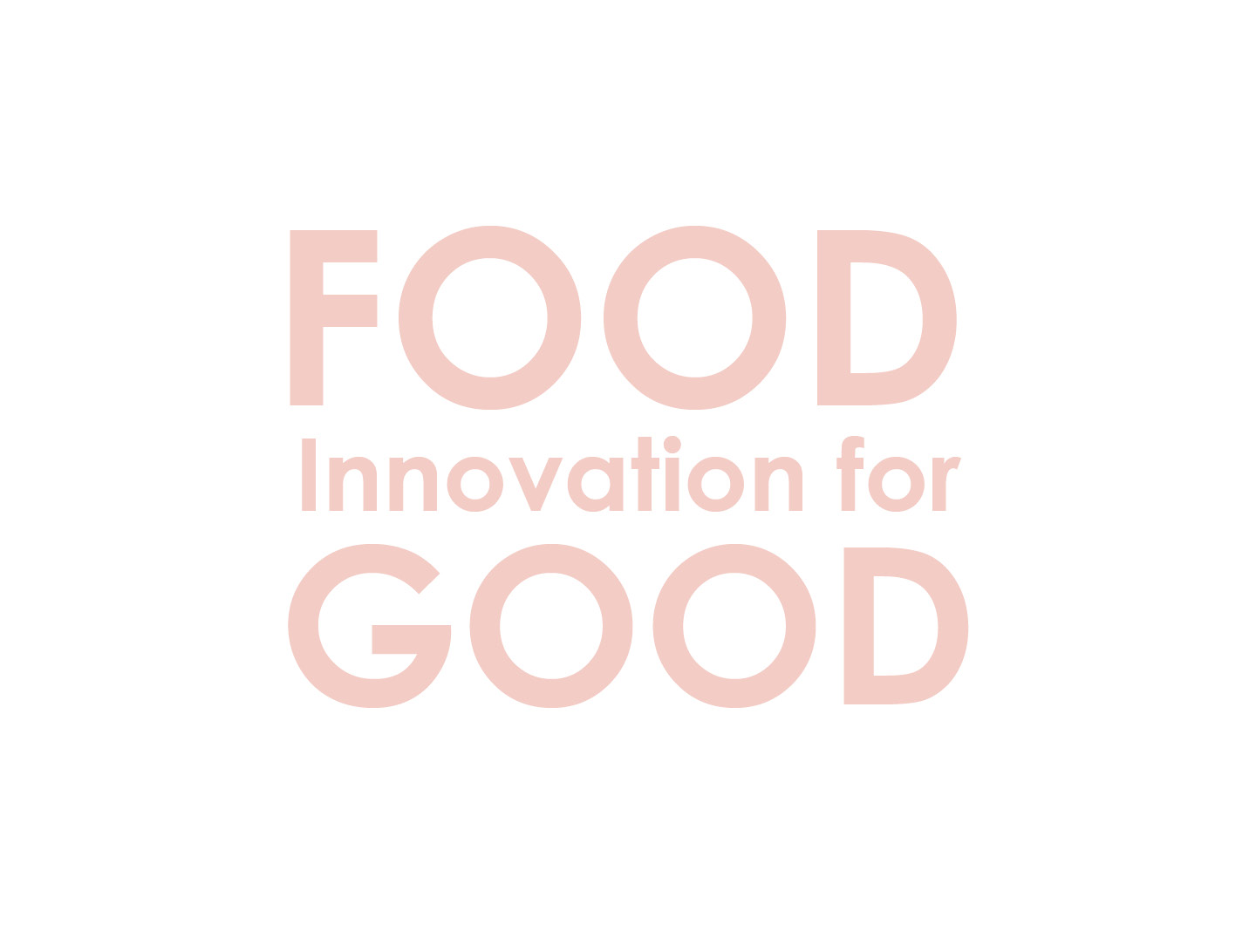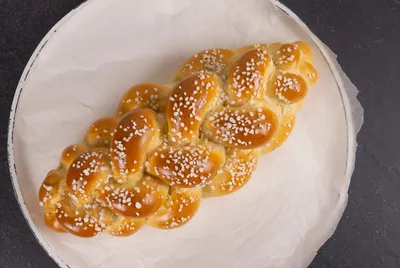Das klassische Croissant
Das halbmondförmige Gebäck, das häufig mit der französischen Küche in Verbindung gebracht wird, stammt vermutlich aus dem 17. Jahrhundert in Wien, um die Niederlage des Osmanischen Reiches während der Belagerung Wiens im Jahr 1683 zu feiern.
Die Legende besagt, dass Bäcker in Wien, inspiriert von der Form der osmanischen Flaggen, ein Gebäck kreierten, das der Mondsichel als Symbol des Sieges ähnelte.
Ursprünglich im 13. Jahrhundert "Kipferl" genannt, was auf Deutsch Halbmond oder Halbmond bedeutet, wurde das Gebäck mit einem reichhaltigen, buttrigen Teig hergestellt, der dem in modernen Croissants ähnelt. Anfang des 19. Jahrhunderts führte der österreichische Bäcker August Zang das Croissant in Frankreich ein. Zang eröffnete 1838 in Paris eine Wiener Bäckerei, in der er Kipferl verkaufte, die bald von den Franzosen adaptiert und in "Croissants" umbenannt wurden.
Das klassische Croissant
Ein Croissant ist ein buttriges, blättriges Gebäck. Hergestellt aus laminierten Teigen, benötigen Croissants Mehl, Hefe, Zucker, Salz, Butter und Wasser. Der Teig wird mehrmals gefaltet und ausgerollt, um Schichten zu erzeugen. Dieser Prozess ist für seine blättrige Textur unerlässlich. Nach dem Mischen, Garen, Ausrollen und Formen wird der Teig perfekt gebacken.

Die beliebtesten Variationen
🍫 Schokoladencroissant: Ein klassisches Croissant, gefüllt mit köstlicher Schokolade.
🥐 Mandelcroissant: Ein Croissant, gefüllt mit Mandelcreme und verziert mit Mandelblättchen und Puderzucker.
🍪 Crookie: Eine Kombination aus Croissants und Keksen, die eine köstliche Mischung aus Texturen und Aromen bietet.
💚 Pistaziencroissant: Ein Croissant, gefüllt mit Pistaziencreme und manchmal mit zerstoßenen Pistazien verziert.
🌱 Veganes Croissant: Ein Croissant, das ohne tierische Produkte hergestellt wird und pflanzliche Zutaten für eine köstliche Alternative verwendet.
🍩 Cronut: Eine Mischung aus Croissant und Donut, die die blättrigen Schichten eines Croissants und die Form und Textur eines Donuts vereint.
🍞 Croissantbrot: Brot, das aus Croissantteig hergestellt wird und die buttrige Blättrigkeit eines Croissants in einer Laibform bietet.
Vereinen Sie Tradition und Innovation in jedem Croissant
Wir entwickeln Produkte, die einen gesünderen Lebensstil fördern und das Wohlbefinden steigern, während wir gleichzeitig großen Wert auf Nachhaltigkeit legen. Mit unseren innovativen Lösungen können wir Ihnen helfen, einen besseren Einfluss auf die Gesundheit der Verbraucher:innen und den Planeten zu haben. Erfahren Sie mehr
















